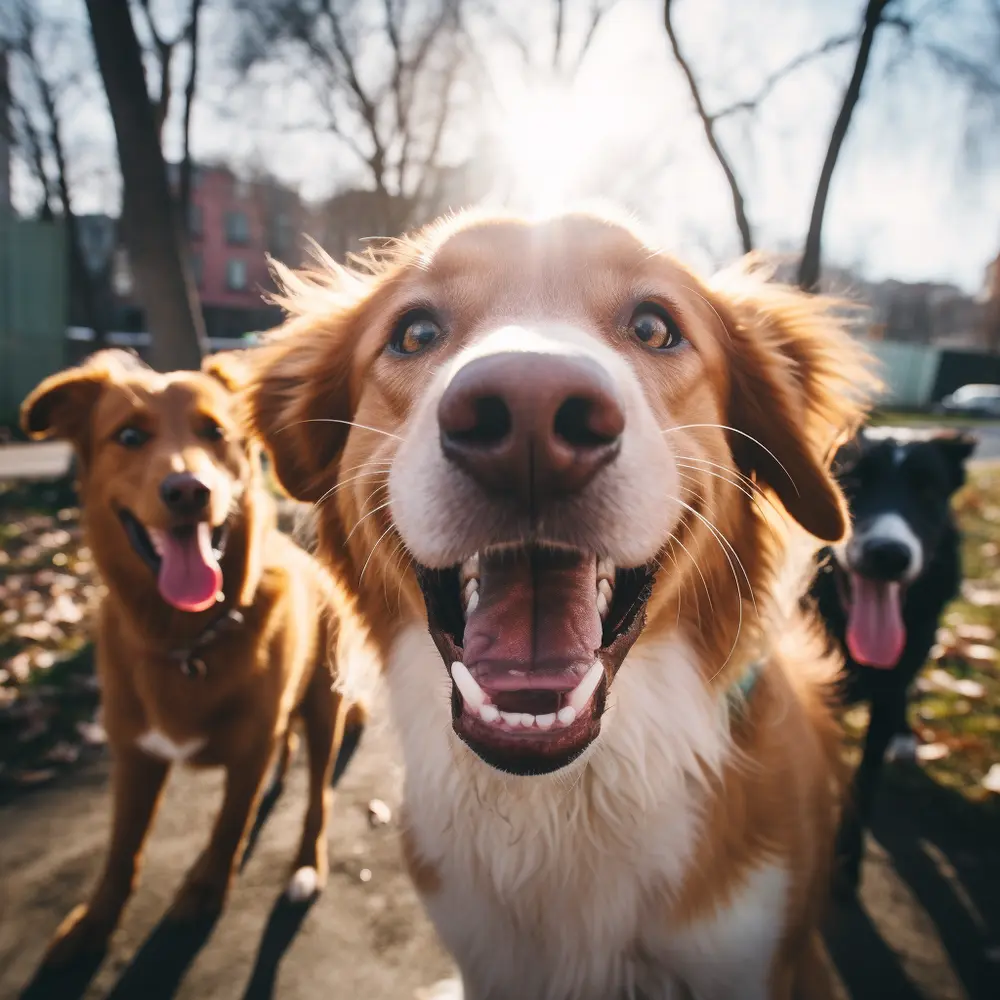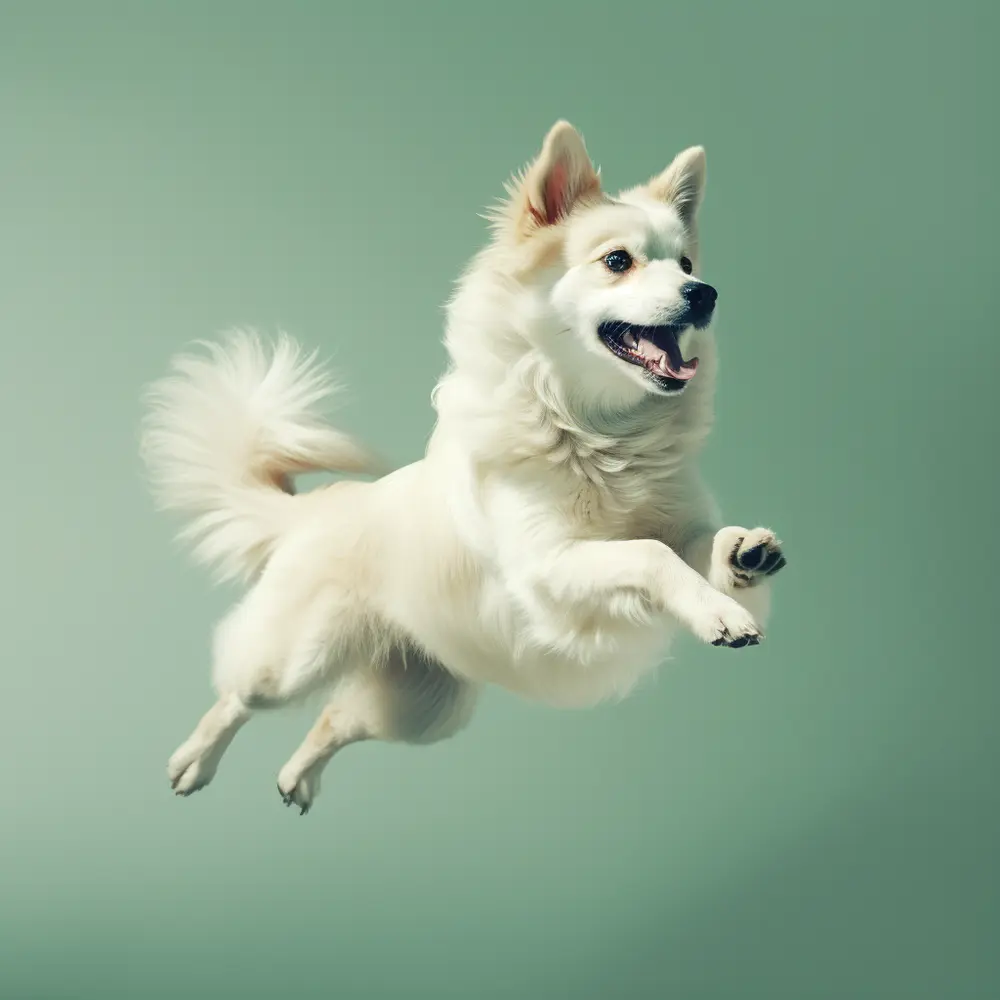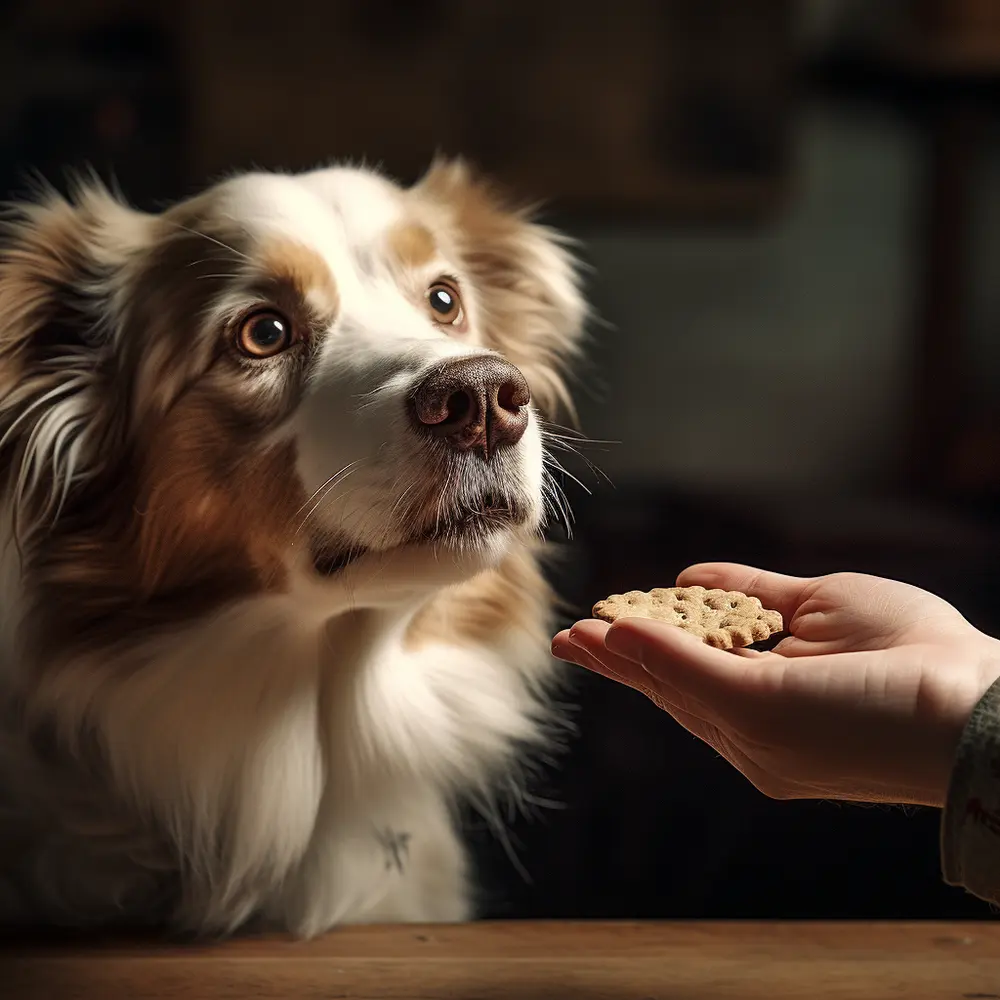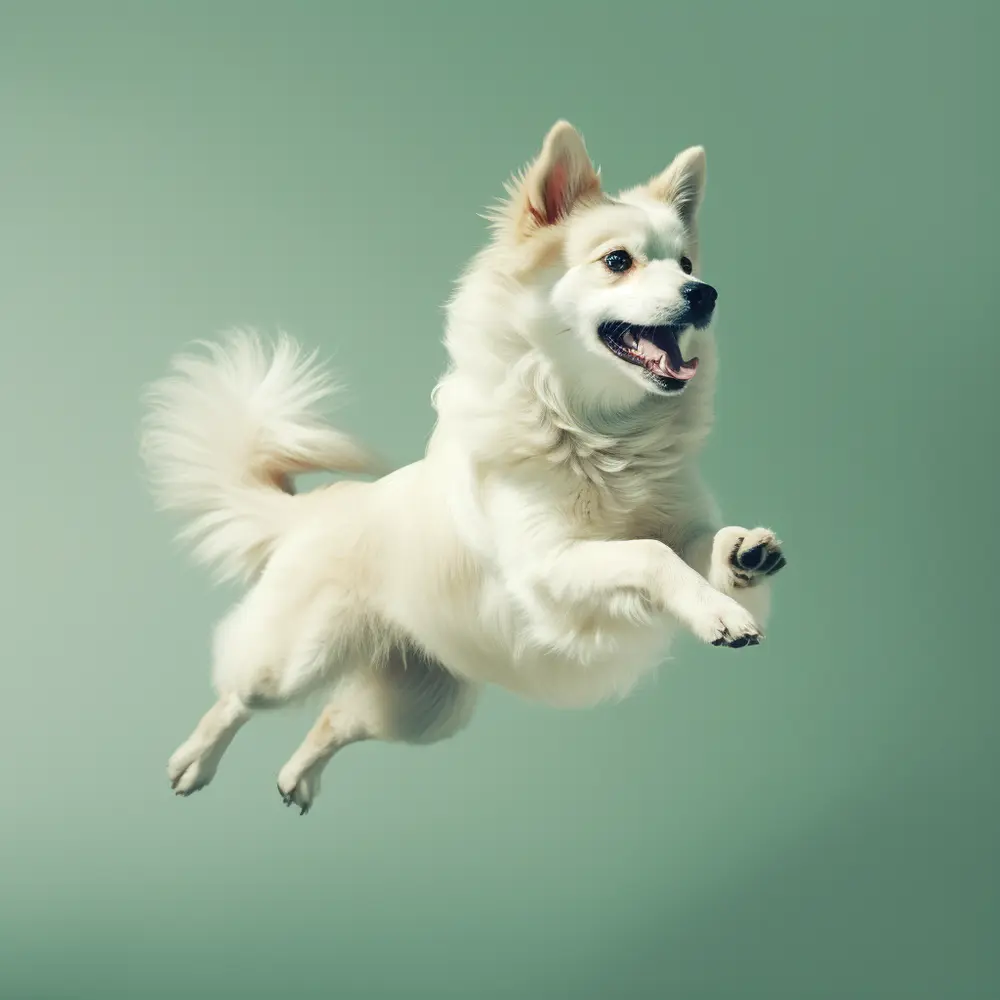Posts on the Topic Behaviour & Training

Positive interruption in canine behaviour management involves gently redirecting dogs from undesirable actions to preferred behaviours, fostering a safe and supportive learning environment. Employing these techniques requires precise timing and consistency, using cues like verbal commands or physical guidance without...

Male dogs can experience significant stress when detecting a female in heat, exhibiting signs like restlessness and loss of appetite. Owners should recognize these behaviors to manage their dog's anxiety effectively, which is crucial for preventing long-term issues regardless of...

Dog welfare involves ensuring the health, happiness, and well-being of dogs by meeting their physical, emotional, and social needs. It includes regular health checks, preventive care like vaccinations and parasite control, proper nutrition tailored to individual requirements, mental stimulation through...

Canine Science is a multidisciplinary research field that aims to study and understand dogs in all their complexity, including behaviour, cognition, genetics, and their interaction with humans, other dogs, and the environment. It has practical implications regarding the caretaking of...

Leaving your puppy home alone can be challenging due to separation-related anxiety, which manifests through behaviours like excessive barking and destructive chewing. This guide offers practical steps for beginners in dog training to help puppies feel secure when left alone...

Controllability and predictability are essential for a dog's well-being, providing structure that reduces stress and fosters confidence. A predictable routine coupled with the ability to make choices empowers dogs, enhancing their mental health and strengthening the bond with their owners....

Dog behaviour modification involves altering a dog's reactions to stimuli using various techniques, requiring owners and trainers to understand the reasons behind behaviours for effective change. It is individualised, ethical, and focuses on reducing stress while building trust. The science of...

Dog training exercises are essential for a well-behaved pet, starting with basic commands like 'sit' and 'stay', and using positive reinforcement to create a strong bond. Advanced techniques involve distraction proofing, sequencing commands, distance response training, and variable rewards to...

This article discusses the developmental stages of dogs from puppyhood to adulthood, emphasizing the importance for owners to understand these phases for better care and training. It covers physical, behavioural, and nutritional milestones that indicate a dog's maturation into an...

A training diary is essential for your dog's progress as it provides a structured plan with clear goals, objective records of sessions, and insights into the emotional impact of exercises on your dog. Choosing the right format—digital or paper—is personal...

Marker signals are crucial in dog training, providing precise and timely communication that helps dogs understand desired behaviours. These non-verbal cues, such as words or clicker sounds, offer instant feedback to the dog, creating a strong association with positive outcomes...

Desensitisation and counter-conditioning are behavioural techniques used to help dogs overcome fear by gradually exposing them to stimuli at low levels and associating these with positive rewards, respectively. Identifying a dog's specific fears is crucial for setting the baseline in...

Understanding canine vision reveals that dogs have evolved to see differently from humans, with adaptations like the tapetum lucidum for low-light conditions and a broader visual field due to laterally positioned eyes. These features aid in movement detection but offer...

Positive interruption in canine behaviour management involves gently redirecting dogs from undesirable actions to preferred behaviours, fostering a safe and supportive learning environment. Employing these techniques requires precise timing and consistency, using cues like verbal commands or physical guidance without...

Dog training hand signals enhance communication with dogs, utilising their natural ability to understand visual cues. Consistent use of distinct gestures for commands like sit and stay is crucial in a distraction-free environment, progressing to more challenging settings as the...

Empowering dogs with choices enhances their mental health and strengthens the bond between dog and owner, fostering a sense of agency that should be consistently integrated into daily routines. Regularly allowing decisions promotes cognitive health, reduces stress, and builds confidence...

Scientific research on dog yawning reveals it as a complex behaviour indicative of their emotional state, with physiological aspects like brain cooling and increased alertness. Observing this in conjunction with other body language can help owners understand and alleviate canine...

A dog training harness offers better control and reduces neck strain compared to traditional collars, distributing pressure across the body which is beneficial for dogs learning walking etiquette or those that pull. It's essential to choose a well-fitting harness tailored...

Reactive dogs exhibit behaviours like excessive barking and lunging due to underlying emotions such as fear or stress, which can be managed with appropriate training that focuses on understanding triggers and building trust. Identifying these triggers is crucial for creating...

Male dogs can experience significant stress when detecting a female in heat, exhibiting signs like restlessness and loss of appetite. Owners should recognize these behaviors to manage their dog's anxiety effectively, which is crucial for preventing long-term issues regardless of...

When choosing between a male and female dog, consider size differences—males are often larger—and personality traits, with males typically being more playful. Each dog's individuality is crucial; factors like upbringing and training play significant roles in their suitability for your...

Understanding a dog's sleep cycle, which includes wakefulness, REM, and non-REM stages, is crucial for ensuring they get quality rest. Dogs have shorter and more frequent sleep cycles than humans with rapid entry into the REM phase where dreaming occurs;...

Growling in dogs is a multifaceted form of communication that can express emotions ranging from fear and anxiety to playfulness, rather than just aggression. It's important for owners to interpret their dog's body language and growl context to understand the...

This article explores the superior auditory system of dogs compared to humans, highlighting their ability to hear a wider range of frequencies and detect softer sounds. It delves into the science behind canine hearing, including ear structure and neural processing,...

Recognising early signs of aggression in dogs, such as growling and stiff body posture, can prevent fights; if a fight occurs, safely separating the dogs is crucial. Employing non-physical interventions first is advised; however, for unavoidable physical separation, techniques like...

Understanding your dog's exercise needs is essential for their health and happiness, with factors like breed, age, size, energy levels, and health influencing the required amount of daily physical activity. Tailoring walks to meet these individual requirements ensures a balance...

Incremental dog training breaks down complex behaviours into smaller steps, enhancing learning and confidence in dogs by rewarding each achievement. Recognising small victories with positive reinforcement is crucial for maintaining a dog's enthusiasm and building a strong bond between the...

Dog welfare involves ensuring the health, happiness, and well-being of dogs by meeting their physical, emotional, and social needs. It includes regular health checks, preventive care like vaccinations and parasite control, proper nutrition tailored to individual requirements, mental stimulation through...

Many dogs experience fear and anxiety during firework displays due to their sensitive hearing, with up to 40% affected by noise-related phobias. Owners should recognize signs of distress such as pacing or hiding and prepare in advance by creating a...

Understanding unwanted behavior in dogs is essential for pet owners to build a harmonious relationship, as such behaviors often arise from anxiety, boredom, or lack of training. Addressing these issues requires understanding the dog's perspective and identifying underlying causes like...



































